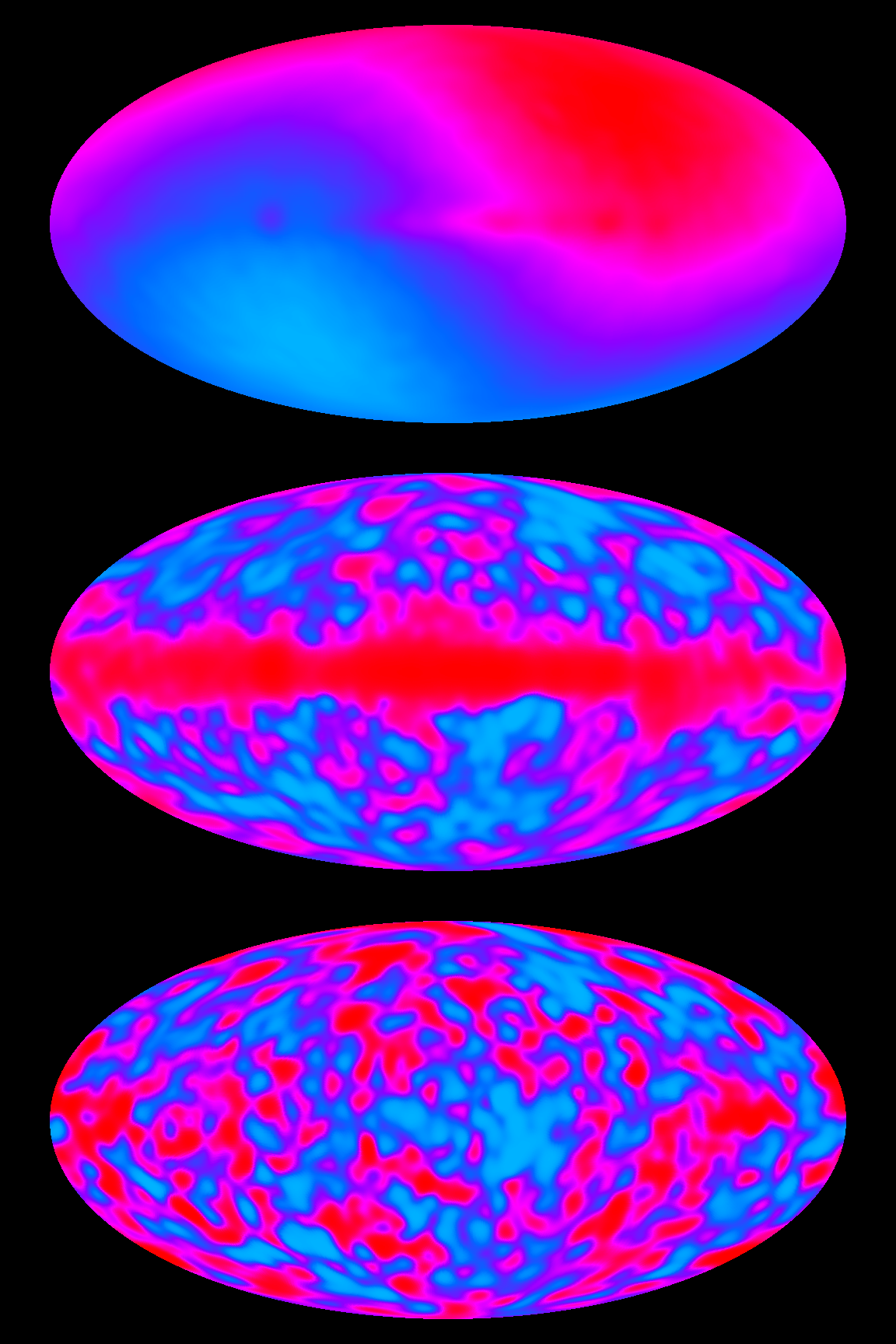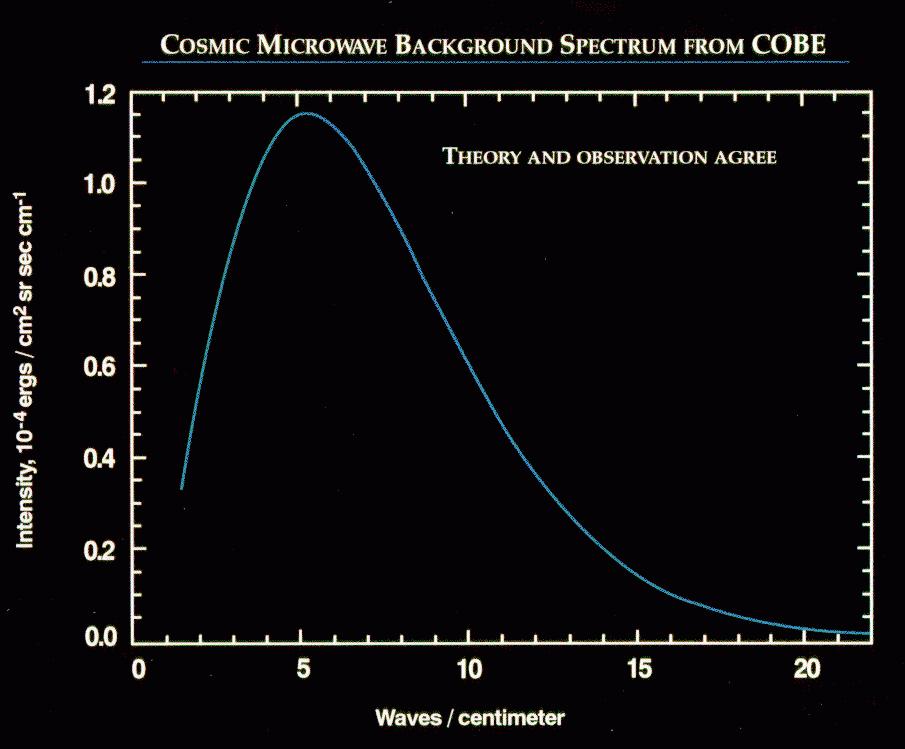Mather and Smoot were the heads of the COBE satellite experiment. The COsmic Background Explorer measured, in the early 1990s, for the first time anisotropies in the Cosmic Microwave Background which stem from the first large-scale structures in the universe. From the Nobel press release: "John Mather coordinated the entire process and also had primary responsibility for the experiment that revealed the blackbody form of the microwave background radiation measured by COBE. George Smoot had main responsibility for measuring the small variations in the temperature of the radiation." Smoot was, moreover, involved in the first measurement of the dipole anisotropy in the Cosmic Microwave Background, which comes from the motion of the Solar system with respect to the comoving frame of our local cosmic environment - one of the more surprising, and peaceful, applications of a U-2 intelligence aircraft.

From the COBE web site: Temperature fluctuations in the Cosmic Microwave Background as measured by COBE's Differential Microwave Radiometer DMR: The three maps show the whole sky in microwaves, with the plane of the Milky Way as the equator and the centre of the Milky Way in the centre of the map. The upper map shows the dipole anisotropy, which is subtracted in the middle map. The lower map shows the cosmological fluctuations (1 part in 100 000) which are left after the dipole anisotropy and the microwave radiation from the Milky Way have been subtracted.

The "Most perfect Black Body Spectrum", as measured by the Far Infrared Absolute Spectrophotometer (FIRAS) of COBE. Deviations from the Planck curve are smaller than the thickness of the curve.
More information, for the general public and advanvced, can be found on the website of The Nobel Foundation. Moreover, both Nobelists have written popular books about their time with COBE, The Very First Light, and Wrinkles in Time, which seem to be temporary out of print, unfortunately - and I have not read them.
I can imagine that there will be much more comments and information about the Prize in the cosmological corners of the Blogosphere.
Update: I have added two "emblematic figures", the flucutation map (covering Smoot's contribution), and the perfect black body spectrum (covering Mather's contribution)
Update: U-2 and ER-2 planes have been used for several scientific purposes besides microwave cosmology. Thanks to Markk for pointing this out to me!
Physics Nobel Prize 2006 Cosmology Cosmic Microwave Background

Dear Stefan,
ReplyDeletethanks for that! Surprisingly, I was right this year with my prediction :-)
Though I 'predicted' the same already last year. Best,
B.
Arno Penzias and Robert Wilson cleaned "white dielectric material" (pigeon dung) out of a microwave horn in 1964. Four decades later we see the face of god complete with freckles. Next stop: Gravity Probe B.
ReplyDeleteDear Bee,
ReplyDeleteSurprisingly, I was right this year with my prediction :-)
Cool, congratulations :-). Maybe you can use a similar prediction again next time, for the "accelerated expansion" of Perlmutter and Schmidt, if this works out...
Best, stefan
I don't know what your "strictly scientific" means but NASA used U-2's and currently uses an upgraded version called a ER-2 for stratospheric sampling and multi-spectral imaging. Much of that data goes into climate modeling. A lot cheaper than a satellite. Thus I don't think this was the only "strictly scientific" mission by a U2 or variant.
ReplyDeleteHi Markk,
ReplyDeletethanks for that information! - I didn't know that, and I was just quite surprised to learn that U-2 airplanes were used for scientific measuments in the 1970s. I for sure don't want to exclude atmospheric science or climate science from science, strictly ;-)
Best, stefan.